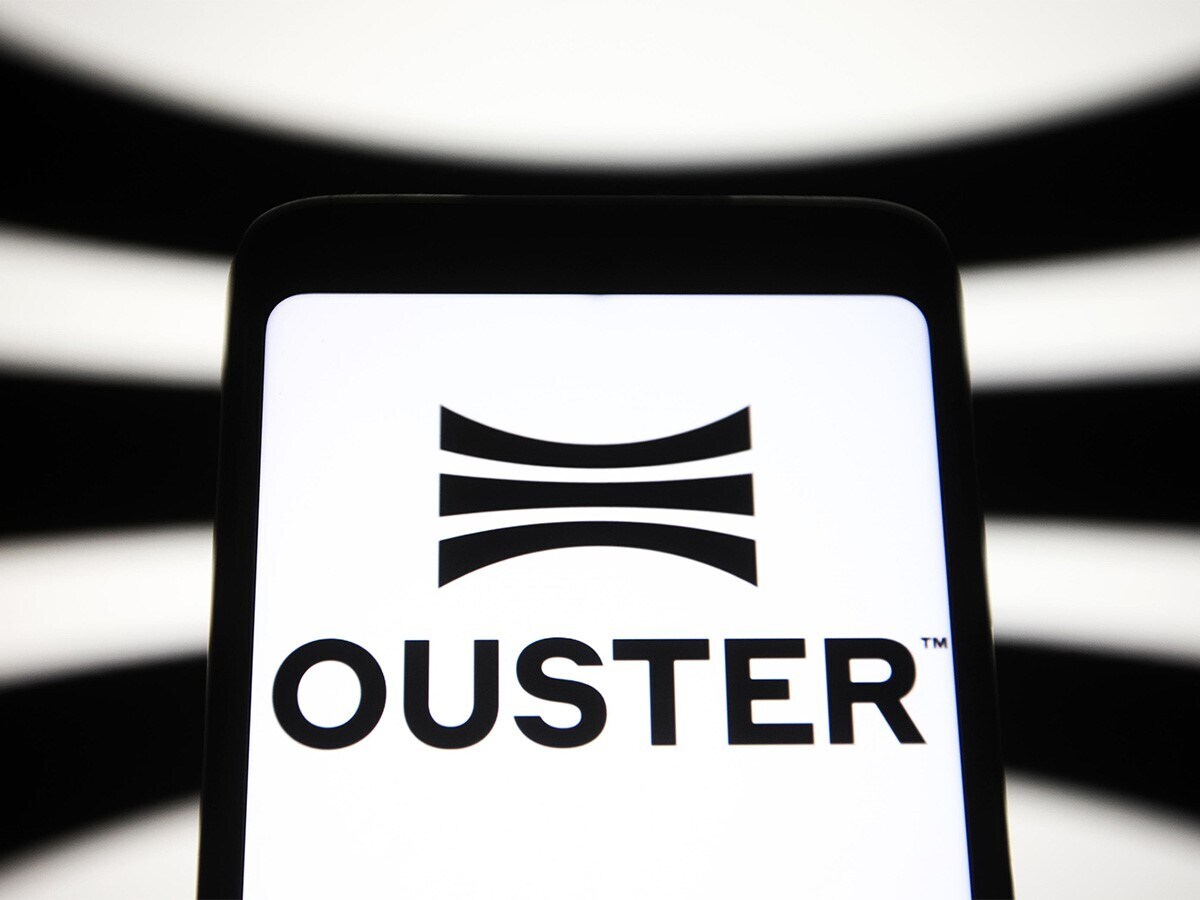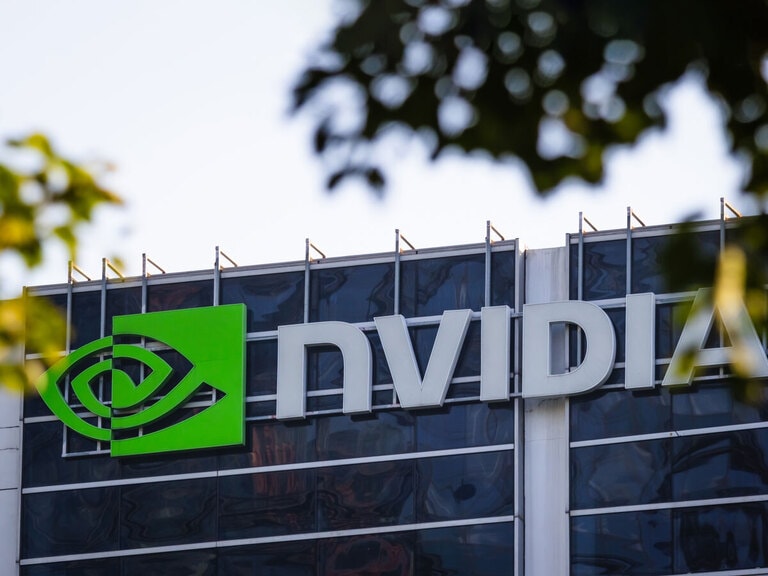LiDAR business Ouster [OUST], announced that it would be buying Sense Photonics, a California-based startup, in an all-stock deal that values the target company at $69m, on October 5.
“Combining Ouster’s digital expertise and maturity in product development and manufacturing with Sense’s advanced solid-state digital lidar silicon is expected to accelerate the delivery of our multi-sensor digital lidar suite for the consumer ADAS market,” said Ouster chief executive Angus Pacala.
Ouster is in negotiations with automotive original equipment manufacturers, which could potentially bring in orders worth $1bn.
The news lifted Ouster shares up 2.3% to $7.33, but since then the stock has been gradually slipping to close at $6.78 on Oct 12. The company went public via a SPAC in March. Possibly because the revenue and other financial contribution of Sense remains undisclosed. Also, production for any deals under negotiation wouldn’t start until 2025 or 2026.
Ouster did say the cash impact of the acquisition was set to be “net neutral” by the end of 2022 after operating expenses will be offset by research and development synergy.
In Q2 2021, Ouster reported a loss of $0.21 per share on revenue of $7.4m, up 72% year-over-year. It shipped 1,460 sensors in the three months to the end of June, a 342% increase on the number sold in Q2 2020.
The Competition
Ouster is more diversified beyond the automotive sector than its peers. Auto accounted for around 15% of 2020 revenue. Projections through 2025 suggest that most of the company's future revenue will come from industrial and smart infrastructure uses.
According to Baird analyst Tristan Gerra quoted in The Fly, Ouster is “differentiated in its positioning” because it is targeting “highly diversified use cases.”
Like Ouster, Luminar [LAZR] is years away from bringing in meaningful revenue. It reported $14m in 2020 and has issued guidance of $32m for 2021.
Velodyne Lidar [VLDR] shipped a total of 3,800 sensor units during Q2 2021, but is heavily focused on automotive vendors. It’s share price has been ticking up over the last two weeks.
What is LiDAR?
LiDAR stands for Light Detection and Ranging, and it refers to a remote sensing method that uses pulses of light to determine ranges. The technology’s most exciting use case is giving cars vision – being the “eyes of the car” as Bob Brown, CFO at AEye [LIDR], describes it.
Brown told Opto that some of the camera and radar functions in vehicle autonomy are being moved to LiDAR. The technology is particularly suited to measuring field of depth, creating 3D images and therefore measuring distance between objects more accurately.
“LiDAR companies are optimistic relative to adoption on consumer vehicles but are keeping estimates for order books conservative and based on low volume and adoption expectations” - Samik Chatterjee, Analyst, JPMorgan
Doesn’t come cheap
Despite LiDAR’s exciting potential, the technology is still costly. Perhaps that is why Tesla [TSLA] is not a fan. The automaker’s cars rely on cameras for 360-degree visibility. It removed radar sensors from its Model 3 and Y in July over safety concerns.
“Everyone in the industry – other than Tesla – is saying you really need LiDAR to solve this [autonomous driving] problem,” Brown told Opto Sessions, adding that he wouldn’t be surprised if Musk rethought his position on LiDAR if it ever becomes cheap enough.
The current cost of LiDAR is arguably inhibiting uptake. JPMorgan analyst Samik Chatterjee argued in a note to clients reported by Investor’s Business Daily that “LiDAR companies are optimistic relative to adoption on consumer vehicles but are keeping estimates for order books conservative and based on low volume and adoption expectations.”
Continue reading for FREE
- Includes free newsletter updates, unsubscribe anytime. Privacy policy





